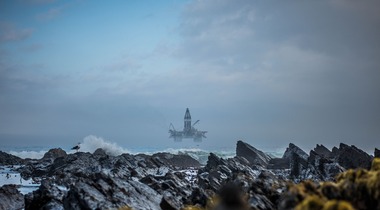The energy sector is one of the most complex industries in the world.
But investment in digital technologies—especially in the Internet of Things (IoT)—can help you consolidate operations, improve efficiency, and be ready for the next era of energy.
Curious? Here are five examples of simple IoT solutions that can make a huge impact on the sector.
1. Refinery monitoring sensors.
Oil refineries are complex places. There’s a lot of data to be gathered, and gathering that data requires a lot of time.
IoT devices make refinery data collection easy and let you monitor the refinery in real time. Once you install a sensor and connect it to a backend system, you’ll be able to see accurate data readings regularly, not just when your employees take a data measurement.
IoT devices also make hard-to-reach areas in a refinery measurable. After installing a sensor, engineers never need to crawl on their hands and knees to take a measurement again.
2. Sensor-based tank monitoring.
Got an oil or gas tank, but never know when you should send out a truck to empty or fill it? IoT can help, even in remote locations. Just install a sensor on the tank, connect it to your logistics system, and set automated alerts for when the tank fills up or empties.
3. Remote wellhead and pressure monitoring.
Unfortunately, oil and gas production sites are not always in the most convenient locations. And in areas where there’s no internet connectivity, companies rely on teams of engineers to manually monitor wells.
IoT changes the narrative though, and makes it easy for engineers to get better, more accurate data from safe locations. So less pollution, less money spent on travel, and less stress about post-hoc data. Sounds like a win-win-win.


